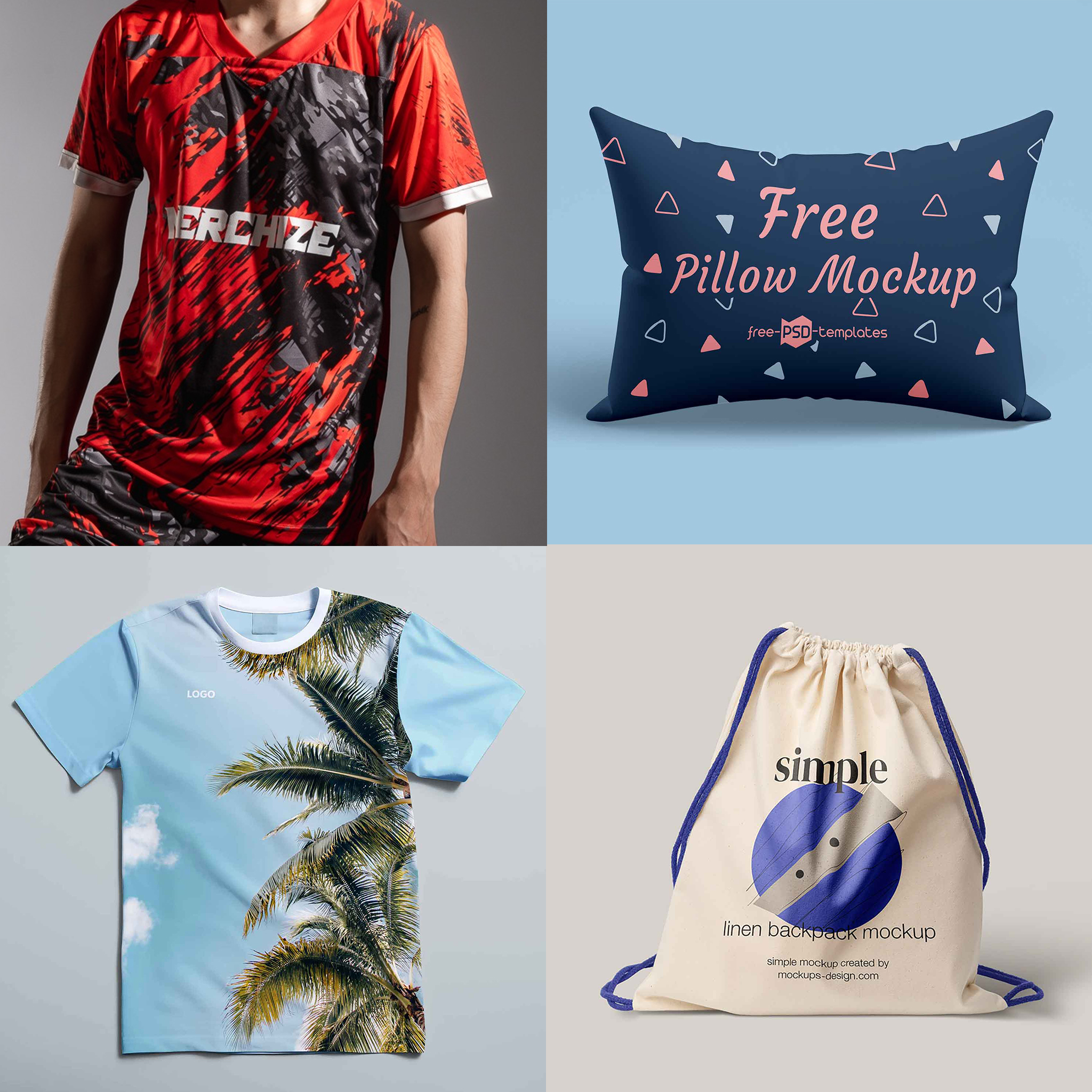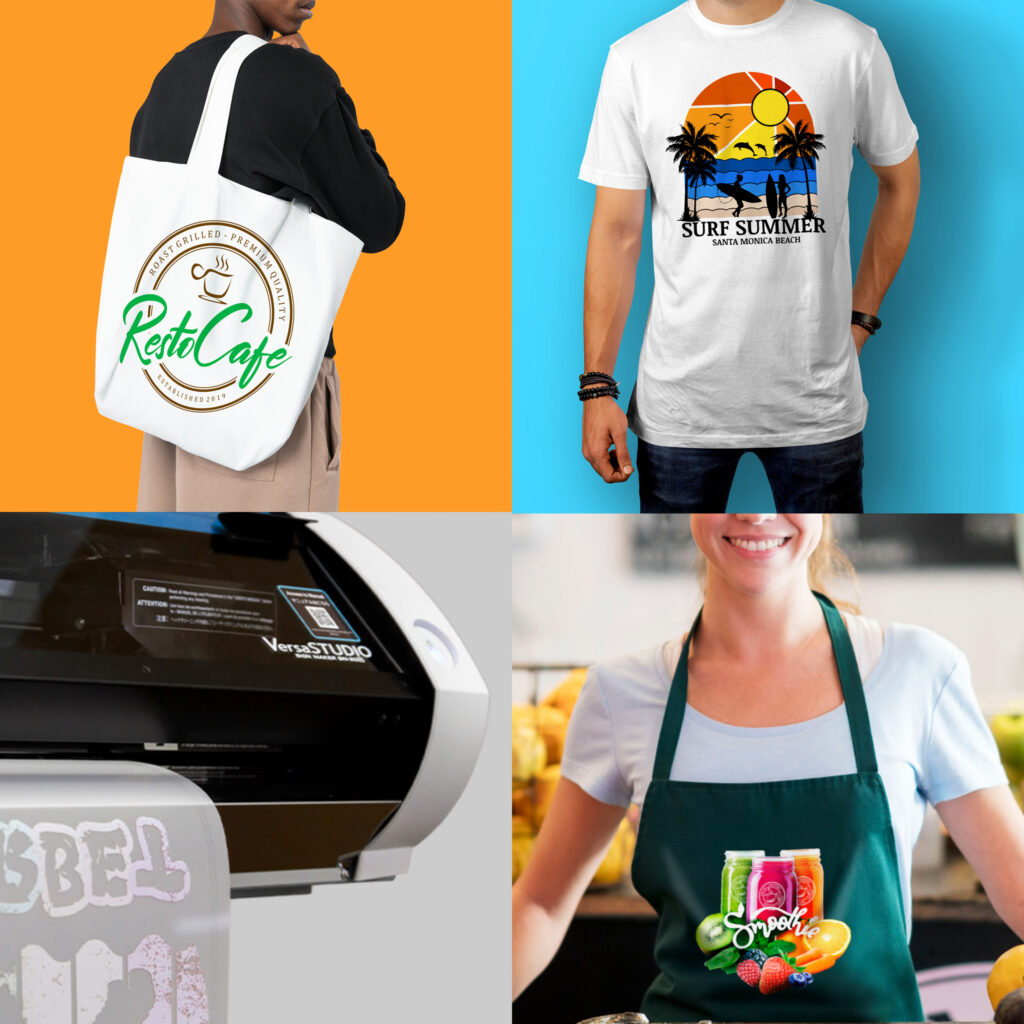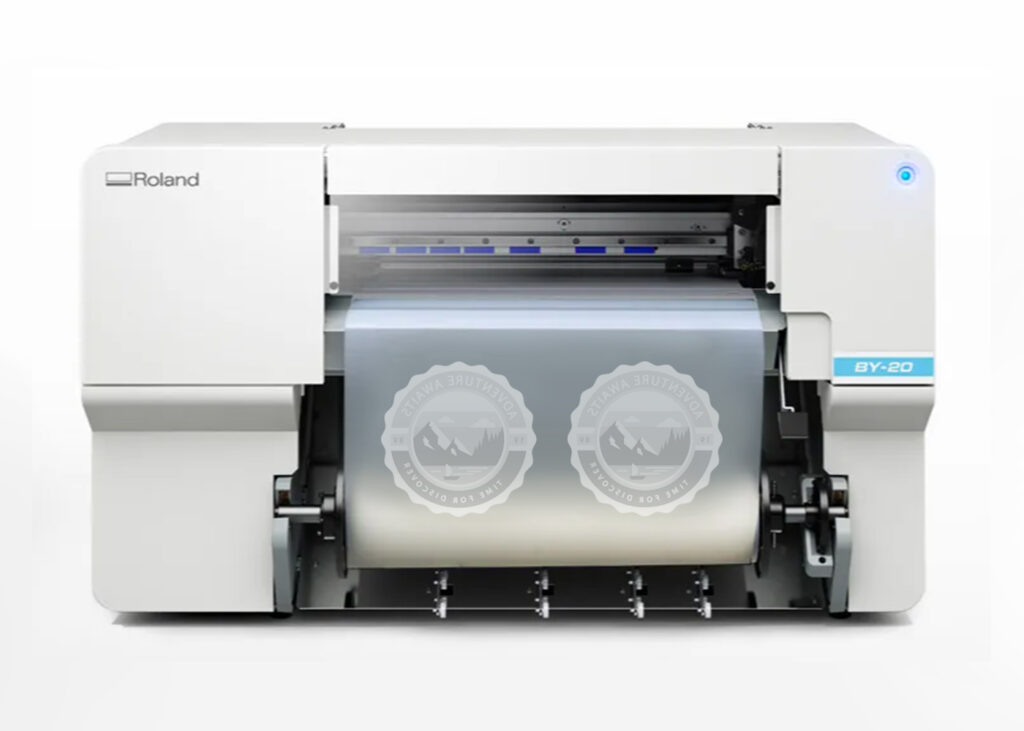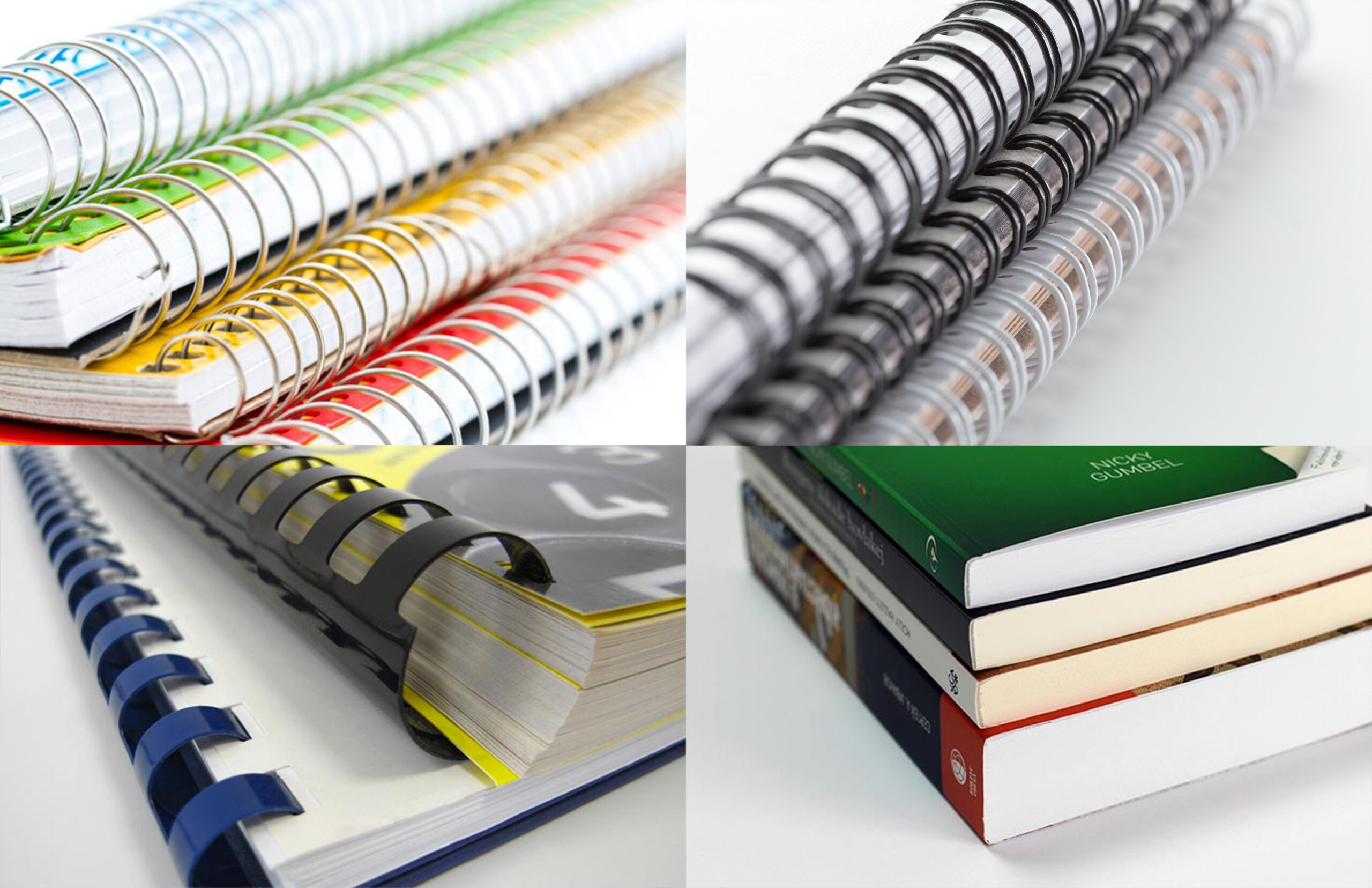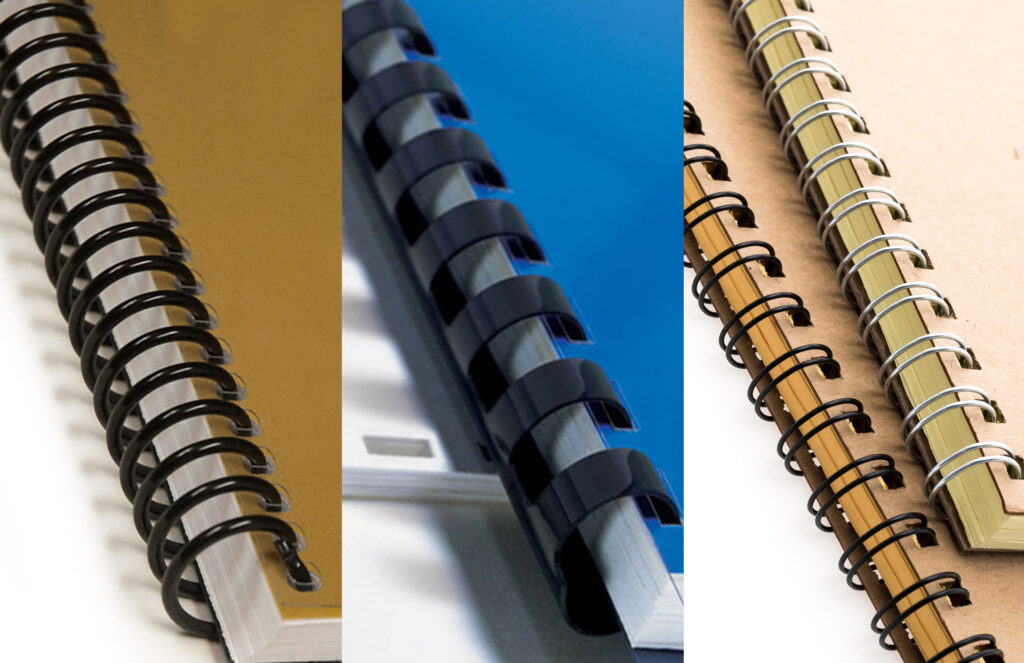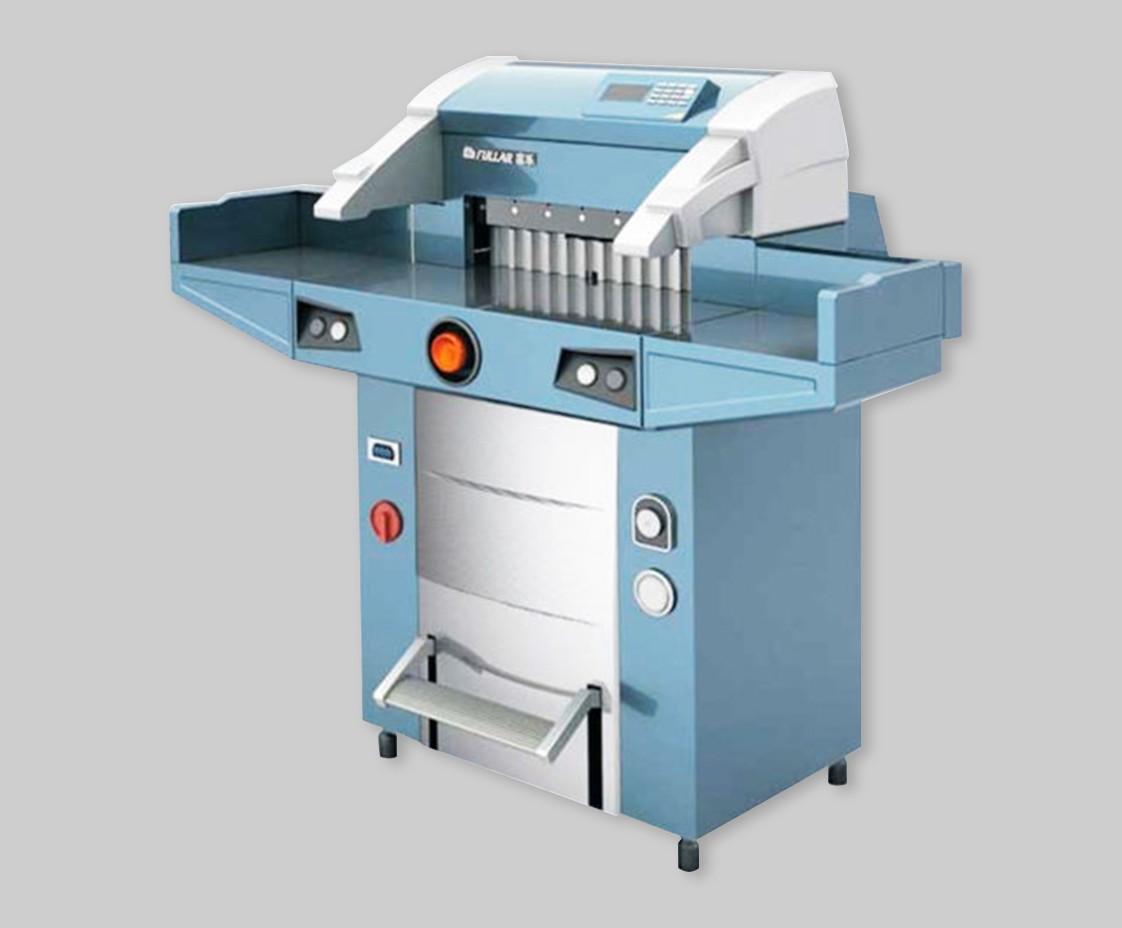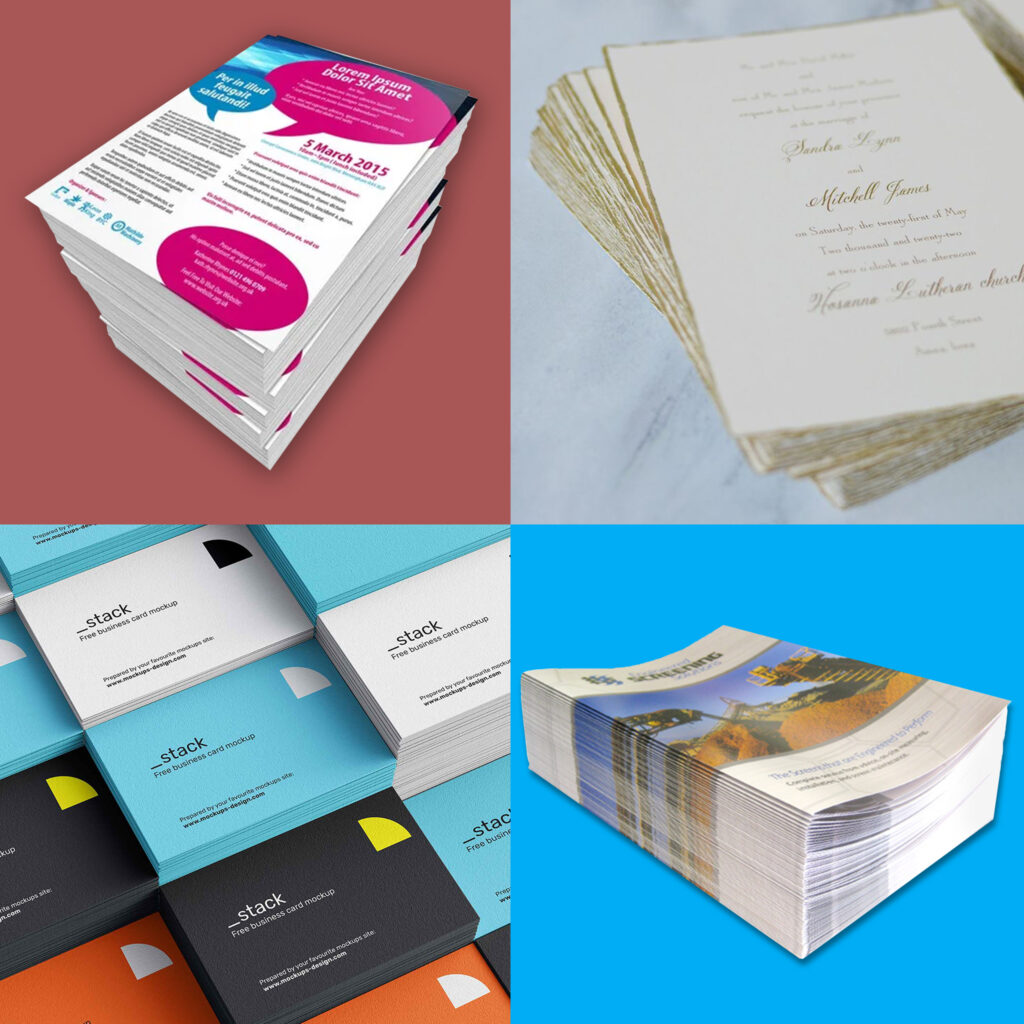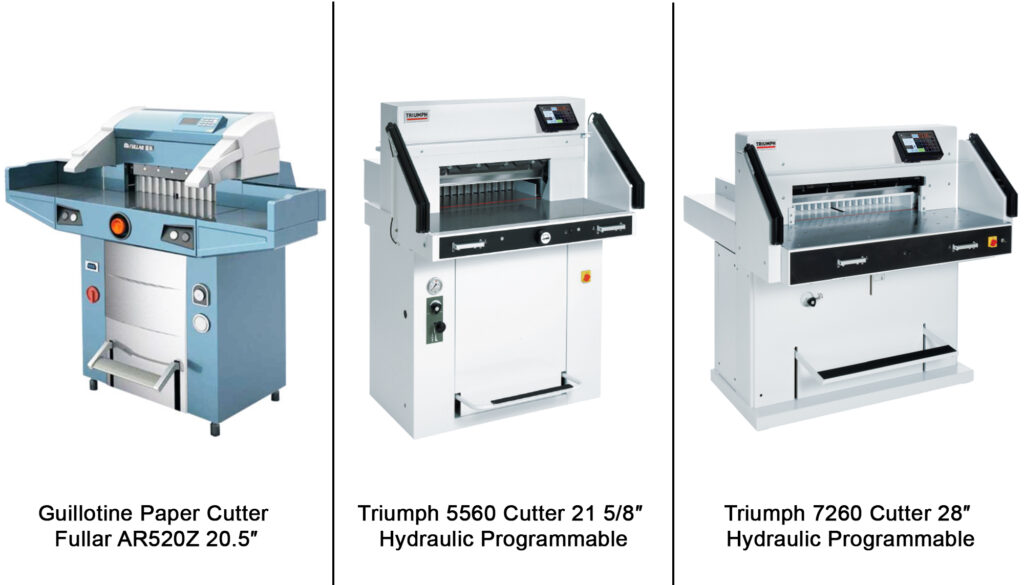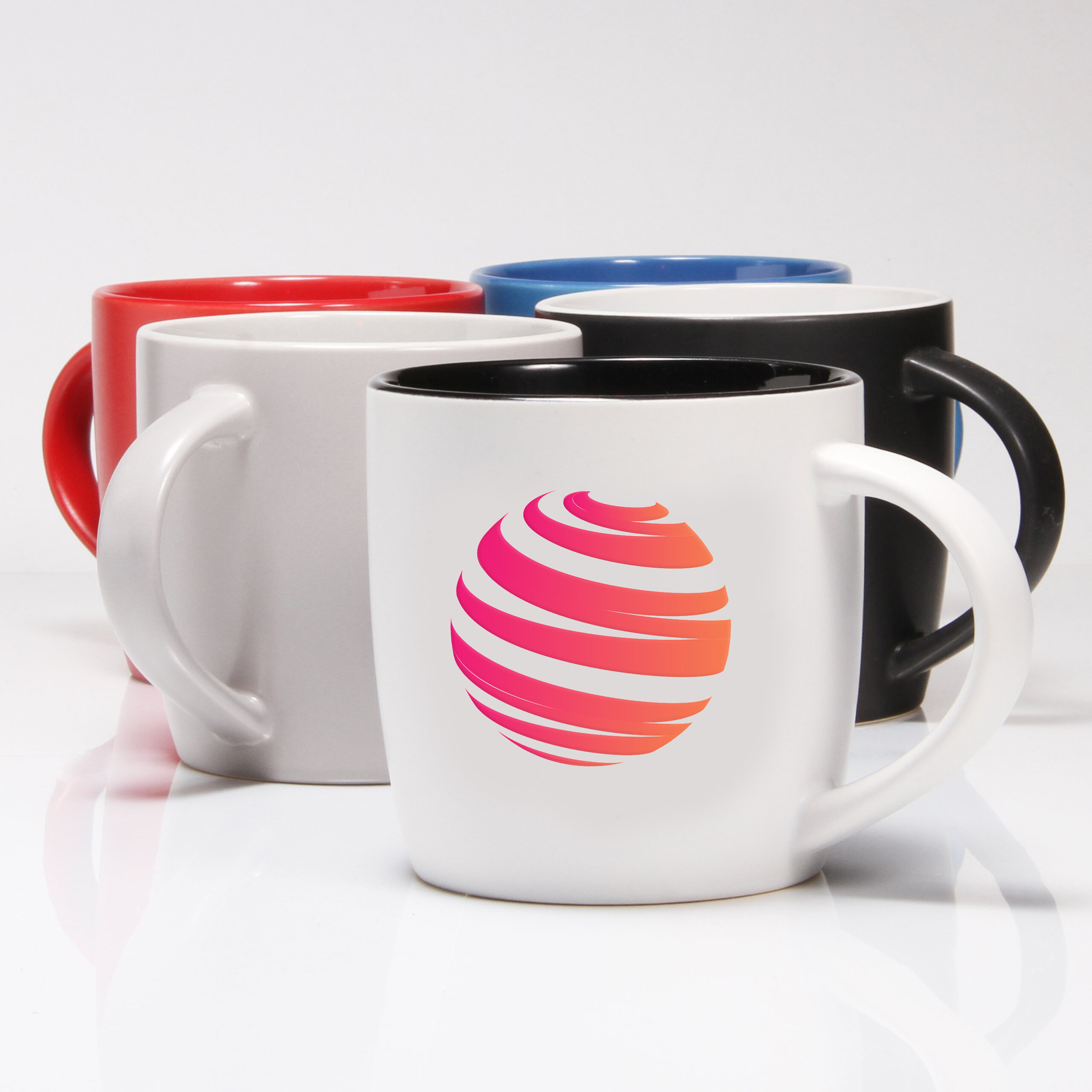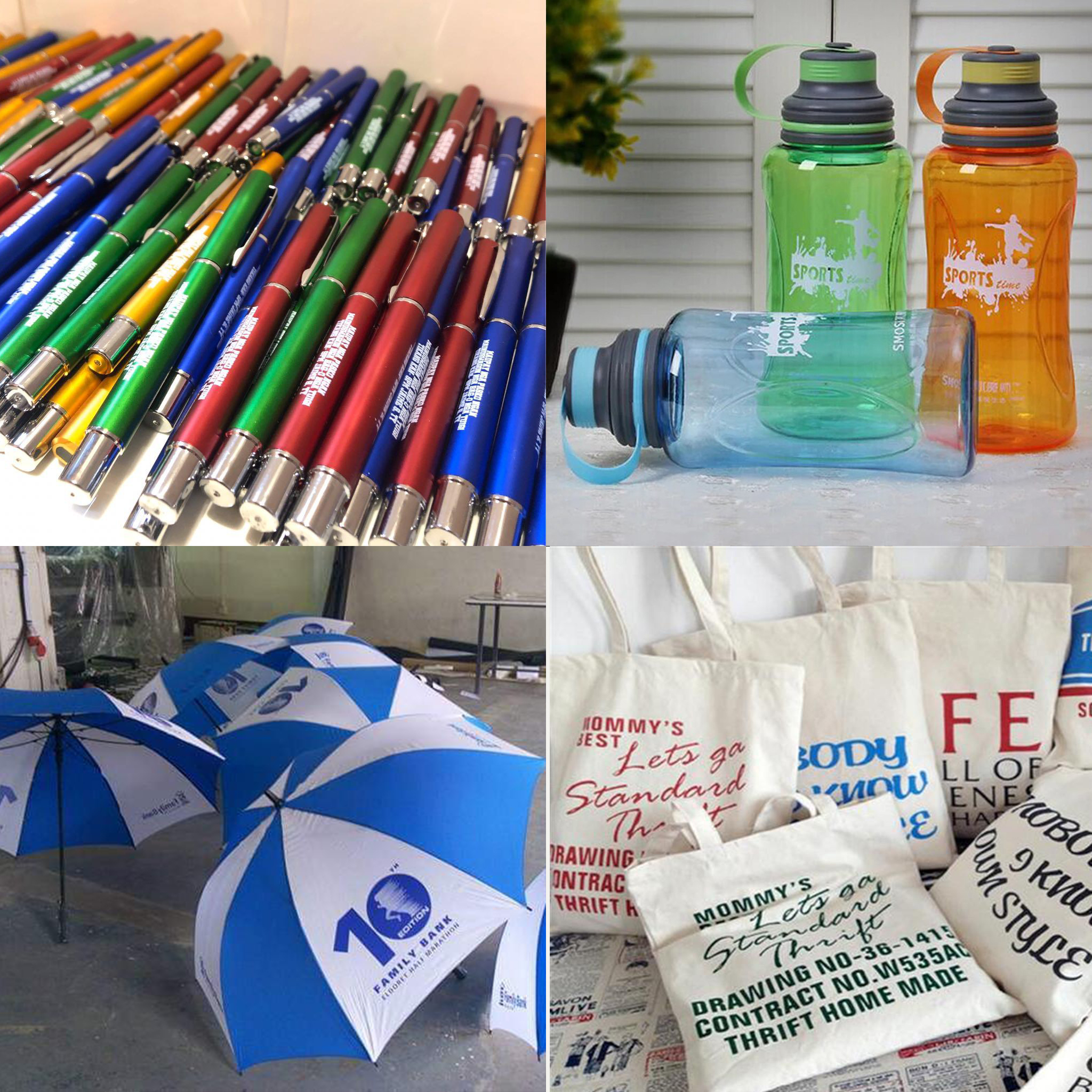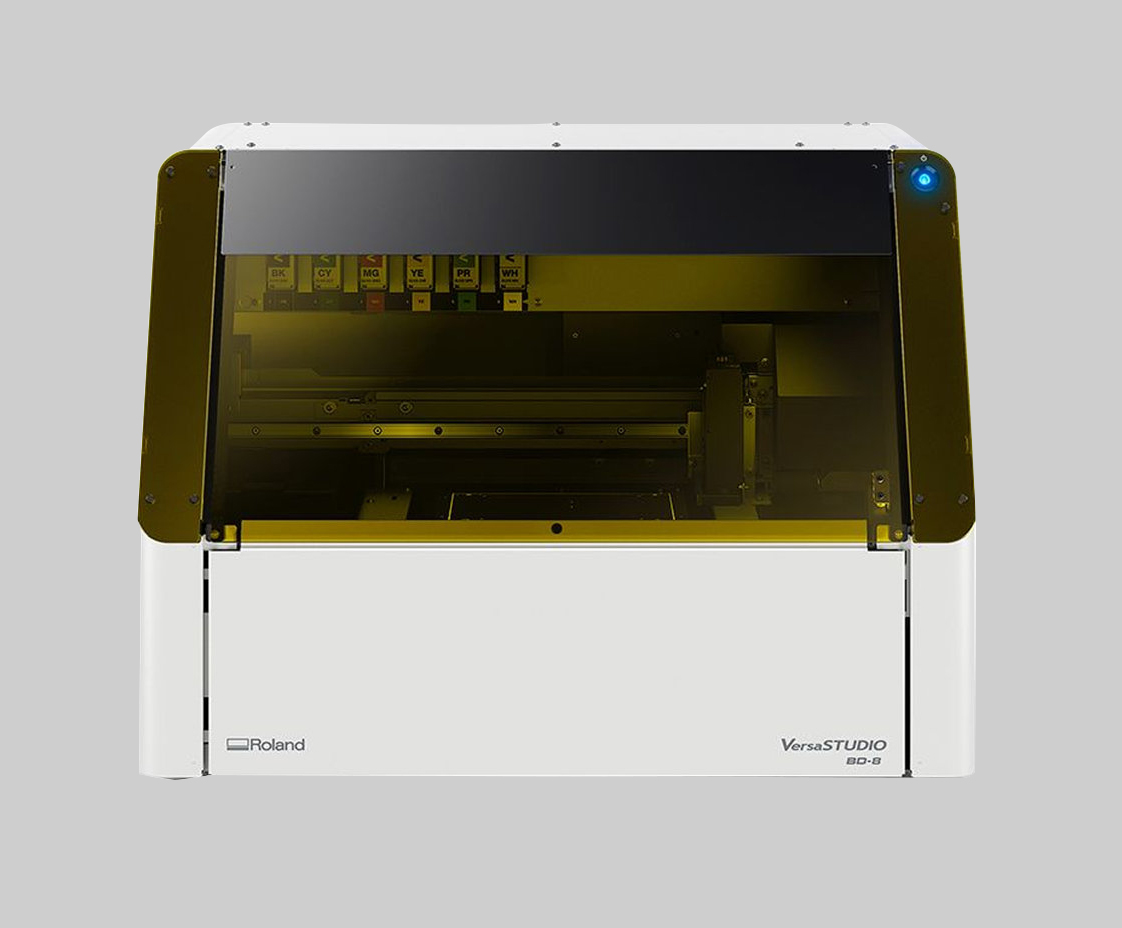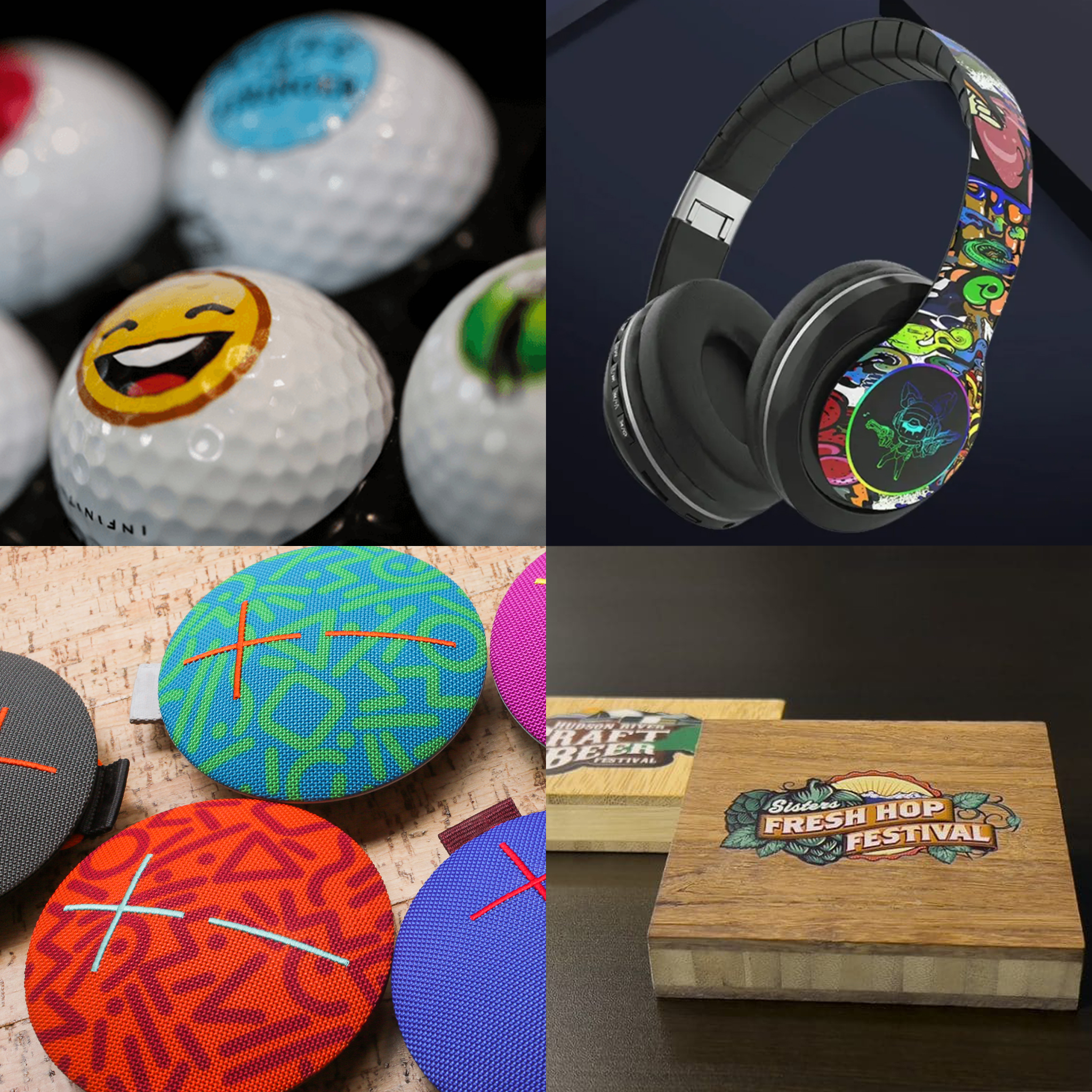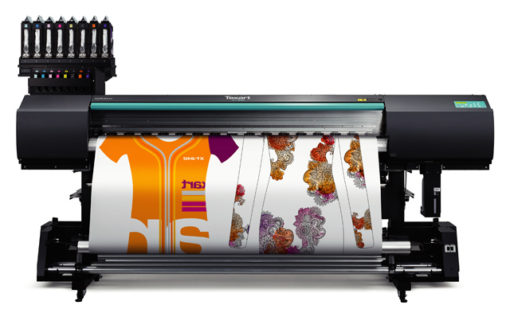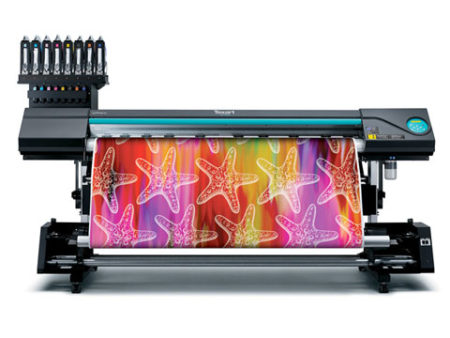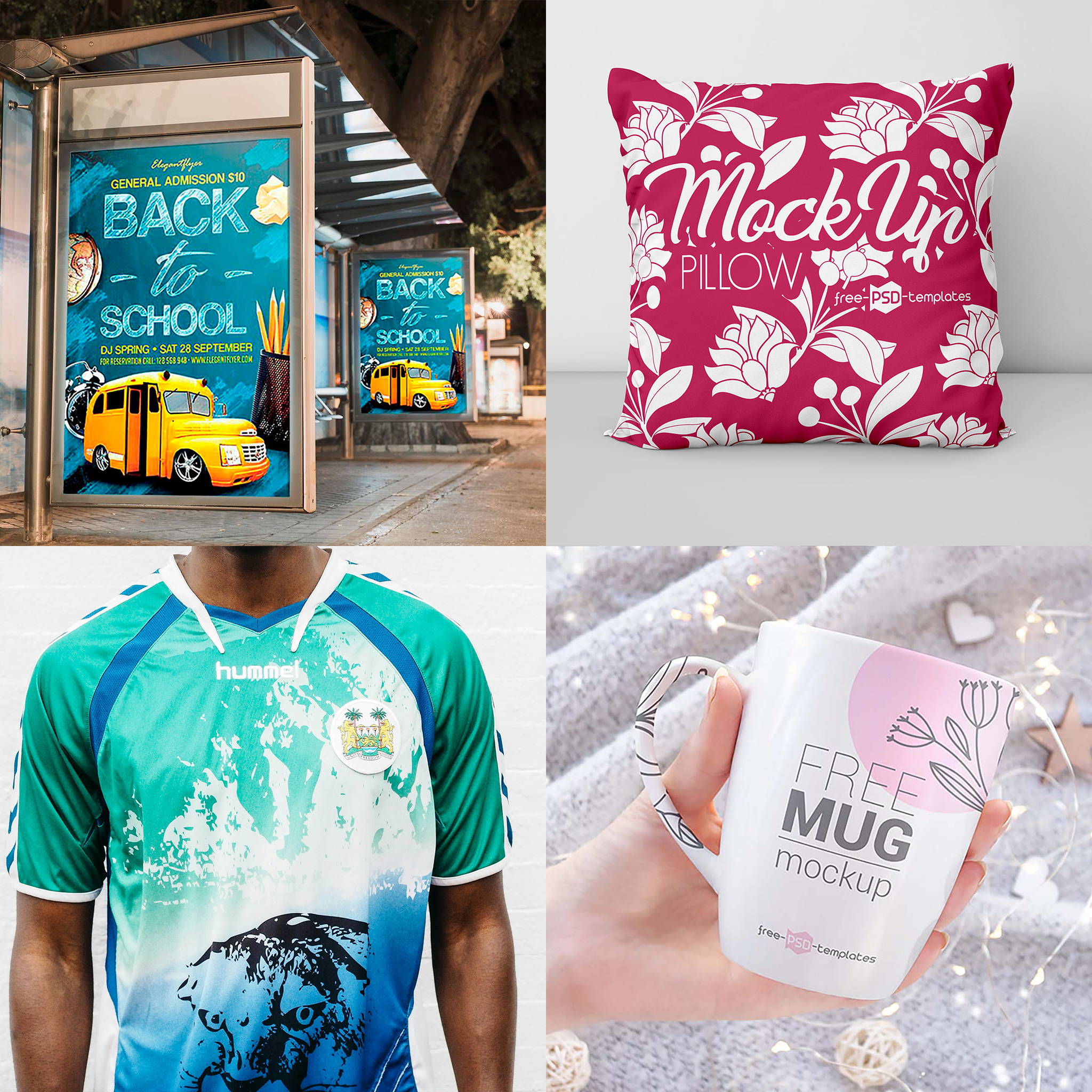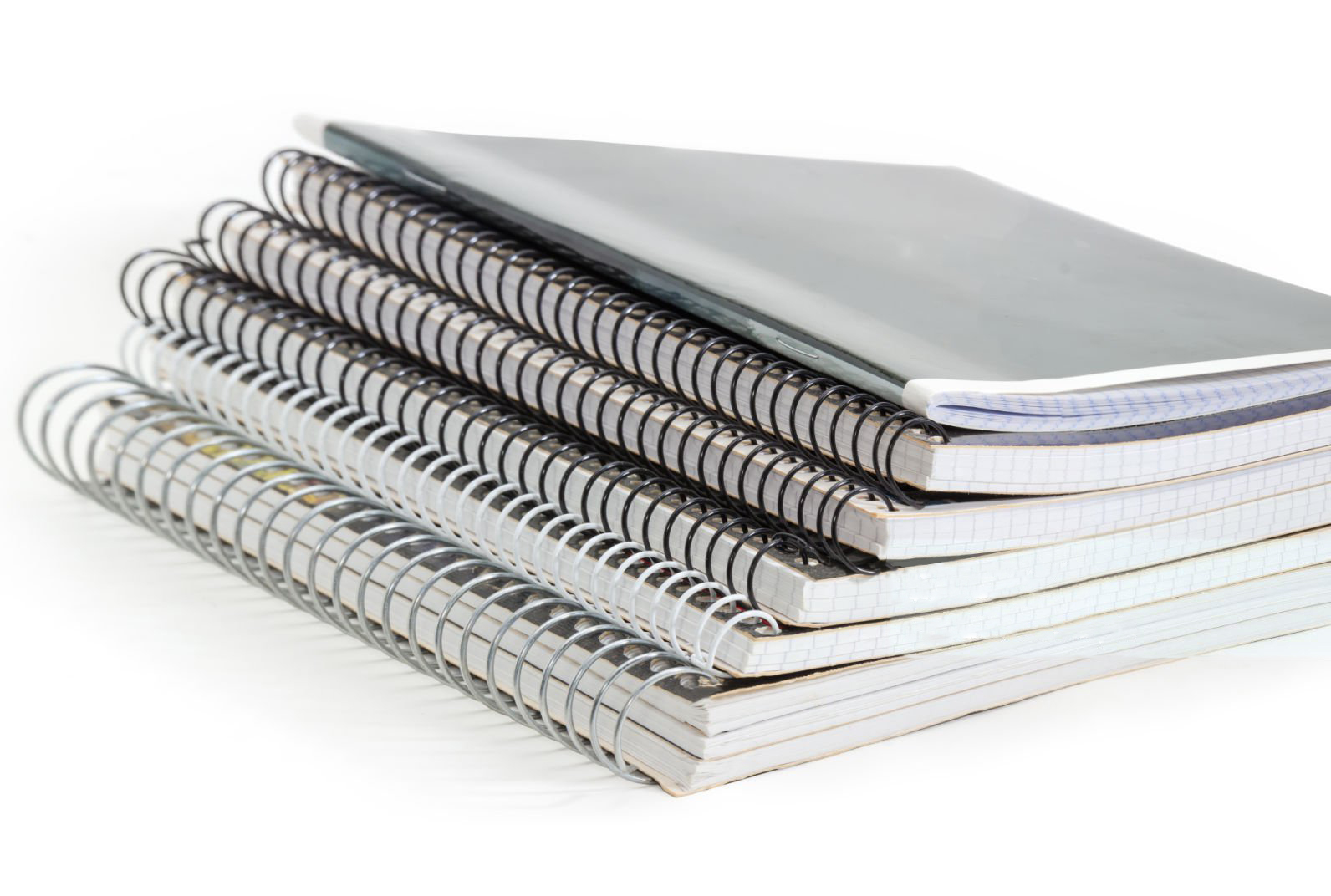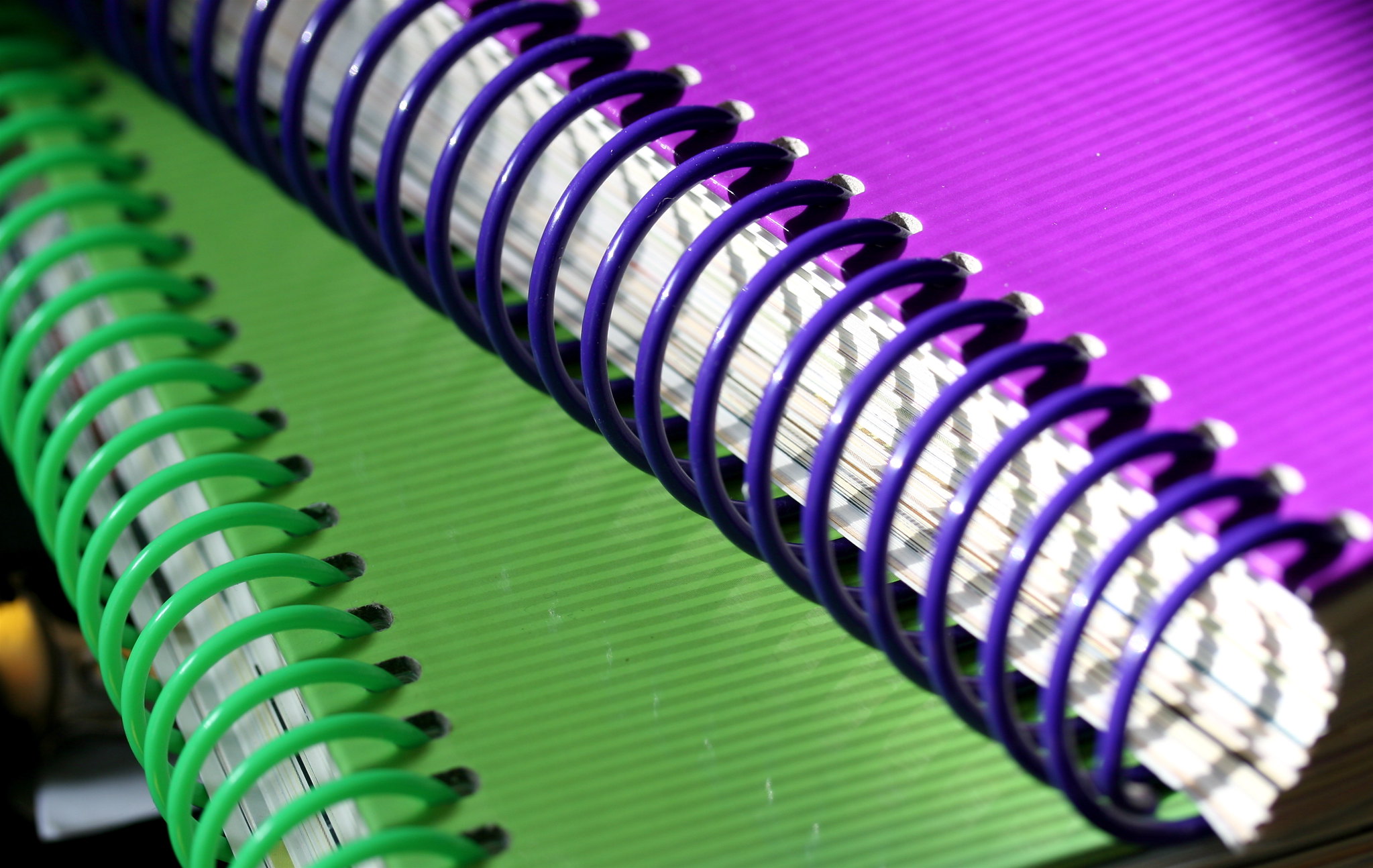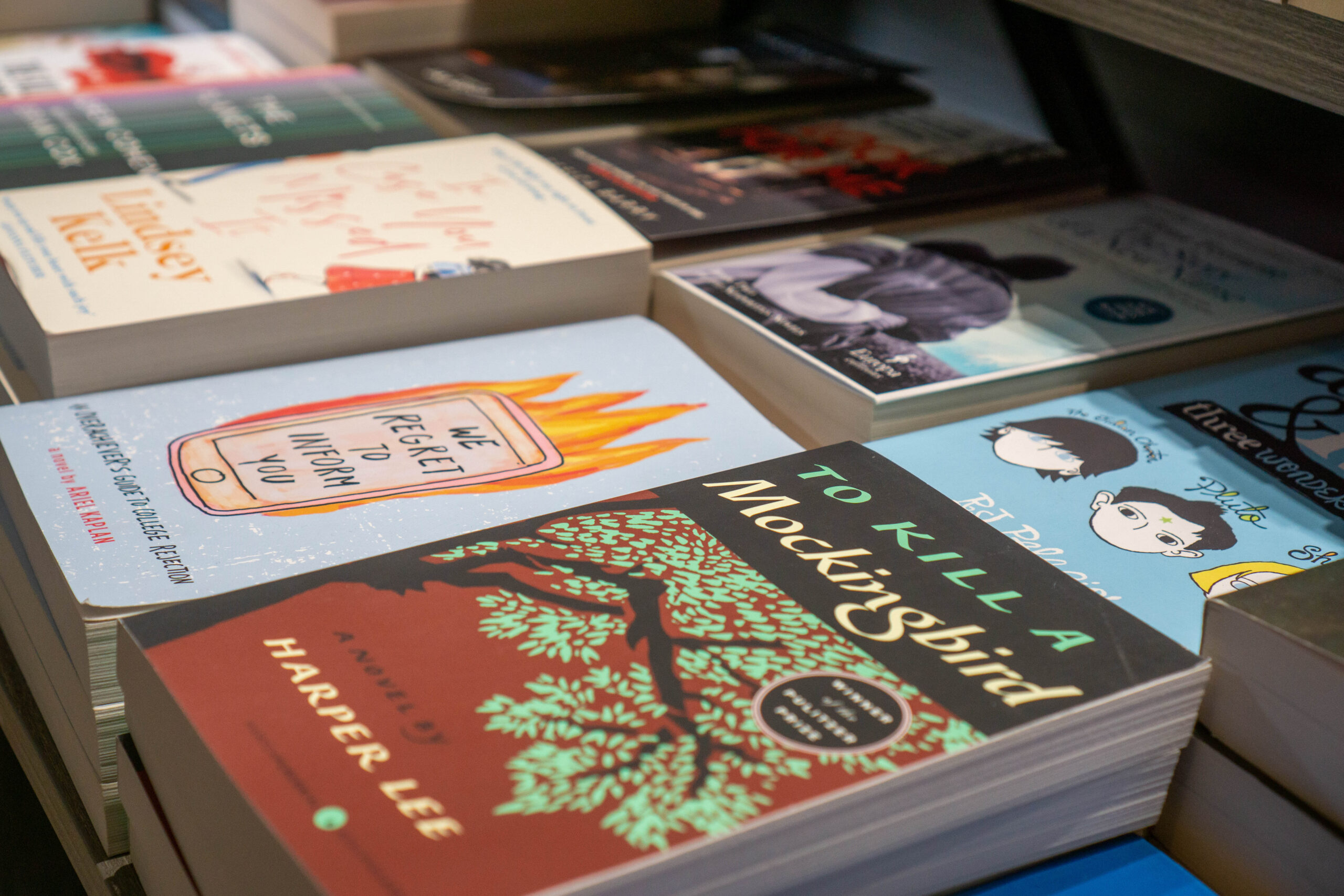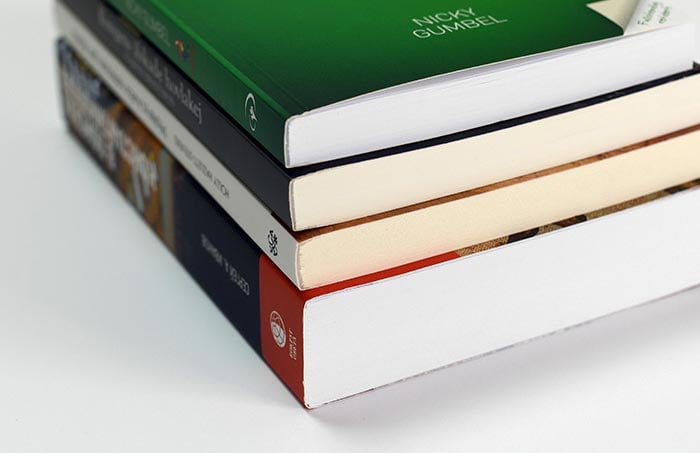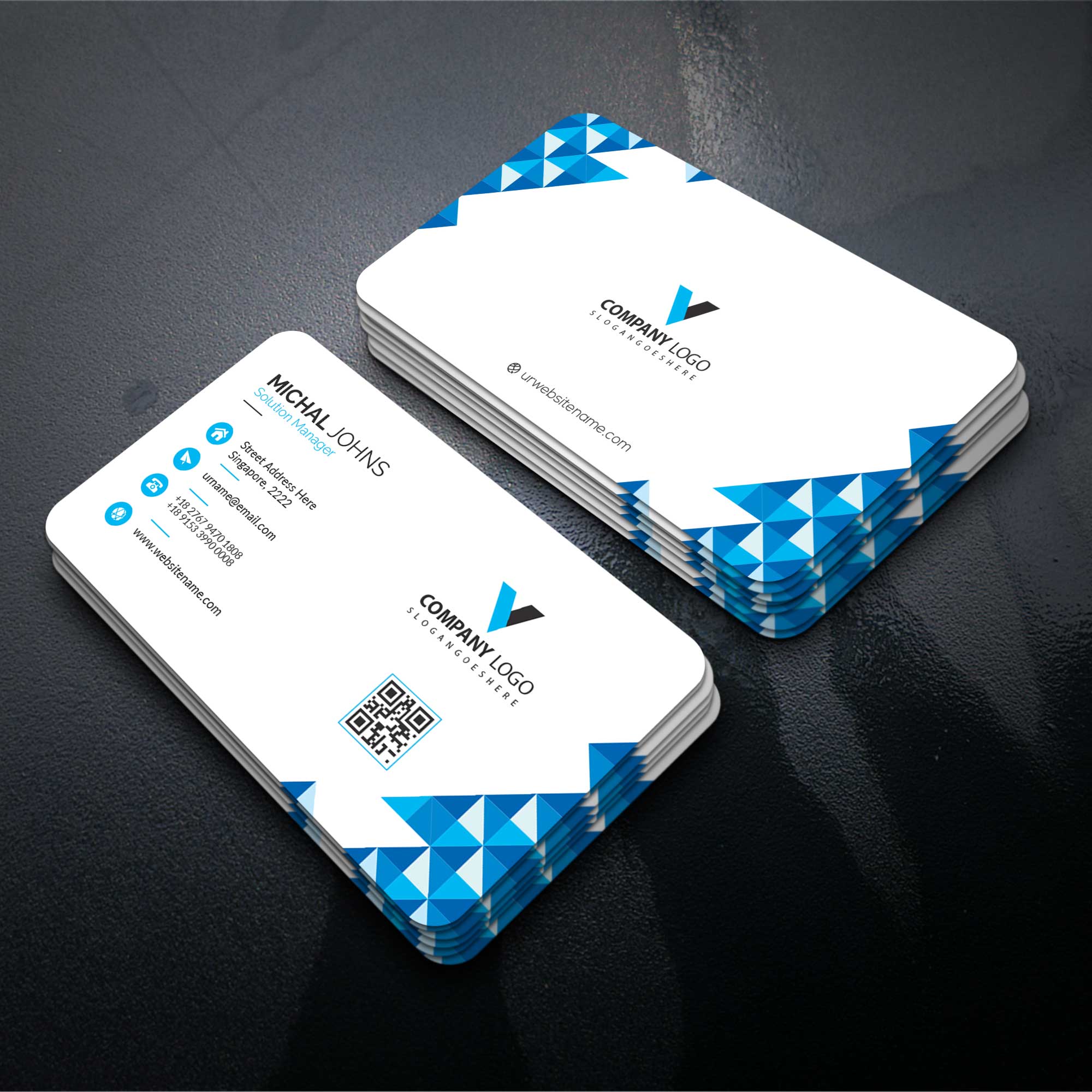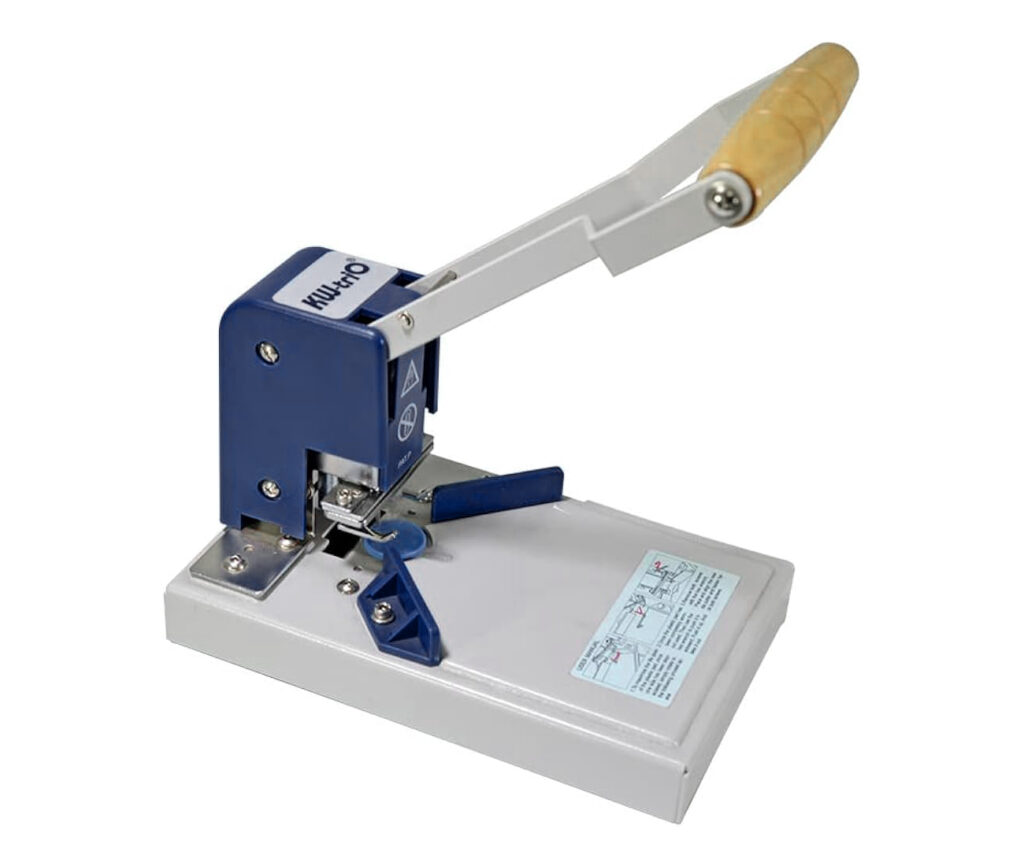Tag: printing business tips
Printing 101: What is Direct-to-Film Printing?
In modern printing technology, direct-to-film (DTF) printing has emerged as a game-changer, particularly within the textile and apparel industry. As businesses strive for efficiency, versatility, and high-quality results, understanding the intricacies of DTF printing becomes paramount. This article will delve into the world of DTF printing, exploring its definition, its relevance to industries such as fashion, textiles, and promotional merchandise, and its distinguishing features compared to other printing methods. We’ll uncover how DTF printing works, its unique advantages, and its most common applications, shedding light on its potential to revolutionize how businesses approach textile printing and customization. Whether you’re a seasoned professional or a curious newcomer, join us as we unravel the mysteries of DTF printing and uncover its transformative capabilities.
What is a Direct-to-Film Printing?
Direct-to-Film (DTF) printing is a digital printing technique commonly used in the textile industry, particularly for customizing garments like t-shirts, hoodies, and caps. Unlike traditional methods such as screen printing or heat transfer, DTF printing directly transfers ink from a specialized film onto fabric using heat and pressure. First, the design is printed onto a transfer film using a compatible DTF printer. Then, the printed film is placed onto the garment, and a heat press bonds the design to the fabric. This process yields vibrant, detailed, and durable prints on various textiles, including cotton, polyester, and blends. DTF printing offers advantages such as precise reproduction of intricate designs, versatility in printing on different fabric types and colours, and cost-effective on-demand customization without the need for screens or setup costs. Consequently, DTF printing has become popular in the fashion, apparel, and promotional merchandise sectors for its efficient and customizable printing capabilities.
Difference Between Direct-to-Film, Direct-to-Garment and Screen Printing
Direct-to-Film (DTF), Direct-to-Garment (DTG), and screen printing are all popular methods for creating custom designs on textiles, but they differ in their processes, capabilities, and applications.
Direct-to-Film (DTF) printing involves printing designs onto a specialized transfer film using a compatible printer. The printed film is then transferred directly onto the fabric using a heat press. DTF printing allows for detailed, vibrant designs with high precision and can be used on a variety of fabric types, including cotton, polyester, and blends. This method offers the ability to reproduce intricate designs efficiently, without needing for screens or setup costs.
Direct-to-Garment (DTG) printing, on the other hand, involves using a specialized printer to apply ink directly onto the fabric surface. The printer sprays the ink onto the garment, allowing for full-color designs and intricate details. DTG printing produces soft, vibrant prints with excellent colour reproduction and is suitable for both light and dark-coloured garments. It offers quick turnaround times and is ideal for producing small batches or individualized designs.
Screen printing is a traditional method that involves creating a stencil (or screen) for each colour in the design. Ink is then pushed through the screen onto the fabric using a squeegee, creating the final print. Screen printing produces vibrant, long-lasting prints with excellent colour saturation and is suitable for large production runs. It is cost-effective for large quantities and offers durability, especially on garments subjected to repeated washing. Screen printing is widely used for creating custom apparel, posters, signage, and promotional products, particularly in the fashion, advertising, and marketing industries.
So, How Does Direct-to-Film Printing Work?
Direct-to-Film (DTF) printing is a process that involves transferring designs from a specialized transfer film directly onto the surface of textiles, such as garments or fabric materials. Here’s how the DTF printing process works:
- Design Creation: The process begins with the creation of the desired design using graphic design software. This design can include logos, images, text, or any other artwork that the customer wants to print onto their textiles.
- Printing onto Transfer Film: Once the design is finalized, it is printed onto a special transfer film using a compatible DTF printer. This printer applies ink directly onto the surface of the transfer film, creating a mirror image of the design.
- Film Preparation: After printing, the transfer film is carefully trimmed to remove any excess material around the edges of the design. This step ensures that only the desired portions of the film are transferred onto the textiles.
- Film Application: The prepared transfer film is then placed onto the surface of the textile, with the printed side facing down. The film is positioned in the desired location, ensuring proper alignment with the fabric.
- Heat Press Transfer: Once the transfer film is in place, a heat press is used to apply heat and pressure to the film and fabric. This process activates the adhesive properties of the transfer film, causing it to bond with the textile fibres.
- Peeling: After the transfer process is complete, the fabric is allowed to cool before the transfer film is carefully peeled away. The design remains on the surface of the fabric, resulting in a vibrant, high-quality print.
- Finishing Touches: Depending on the specific requirements of the design or garment, additional finishing techniques such as curing or post-processing may be applied to ensure the longevity and durability of the printed design.
Overall, DTF printing offers a versatile and efficient method for creating custom prints on textiles, with the ability to reproduce intricate designs with exceptional detail and clarity. This innovative printing process has gained popularity in industries such as fashion, apparel, and promotional merchandise for its ability to produce high-quality, durable prints on a wide range of fabrics.
Most Common Applications for Direct-to-Film Printing
Direct-to-Film (DTF) printing finds widespread application across various industries, particularly in those requiring high-quality, customized prints on textiles. Here are some of the most common applications for DTF printing:
- Fashion and Apparel: DTF printing is widely used for creating custom designs on clothing items such as t-shirts, hoodies, and jerseys, allowing fashion brands to offer unique, personalized garments.
- Promotional and Event Merchandise: DTF printing is popular for branding items like bags, caps, and towels with company logos and marketing messages or event products like t-shirts, hats and tote bags, making them ideal for promotional giveaways, corporate events, concerts, festivals and even trade shows.
- Sportswear and Team Uniforms: DTF printing is commonly employed in the production of customized jerseys, shorts, and other athletic apparel for sports teams, clubs, and organizations.
- Workwear and Uniforms: DTF printing is used to customize uniforms and workwear with company logos, employee names, and safety symbols for businesses, schools, and healthcare facilities.
- Retail and Fashion Accessories: DTF printing is applied to fashion accessories such as scarves, socks, and headbands, offering consumers customizable options with trendy designs.
- Home Decor and Textiles: DTF printing is employed for customizing home decor items like pillows, blankets, and curtains, as well as textile products such as towels and bed linens.
- Art and Design Projects: DTF printing serves artists and designers in creating limited edition prints, exhibition pieces, and decorative textiles, offering a versatile and customizable printing solution for artistic endeavours.
Overall, DTF printing serves as a versatile and efficient method for creating custom prints on textiles, catering to diverse applications across industries ranging from fashion and retail to events and art. Its ability to produce vibrant, high-quality prints with intricate details makes it a preferred choice for businesses and individuals seeking personalized textile solutions.
Best Direct-to-Film Printer in 2024
Roland DG has released the latest and most innovative Direct-to-Film printer, the Roland VersaStudio BY-20. It’s a highly versatile desktop device ideal for a range of direct-to-film apparel applications, such as creating custom T-shirts, sportswear, tote bags, and more. With its compact design, it is even perfect for small businesses that have small production space.
Further reading: Introducing The Roland VersaSTUDIO BY-20 Desktop Direct-to-Film Printer
Direct-to-Film (DTF) printing has emerged as a versatile and efficient solution for creating custom prints on textiles across a wide range of industries. With its ability to produce vibrant, high-quality designs with intricate details, DTF printing offers businesses and individuals the opportunity to express their creativity and personalize their products. Whether it’s fashion apparel, promotional merchandise, team uniforms, or home decor items, DTF printing provides a customizable and cost-effective printing solution that meets the diverse needs of modern consumers. As technology continues to advance, DTF printing is poised to play an increasingly significant role in the world of textile customization, driving innovation and creativity in the years to come.
Are you a business owner looking to elevate your apparel customization game? Consider investing in direct-to-garment printing machines. Contact us today to explore your options and take the first step toward enhancing your business with the latest in t-shirt printing technology. Let’s turn your creative vision into a colourful, wearable reality!

